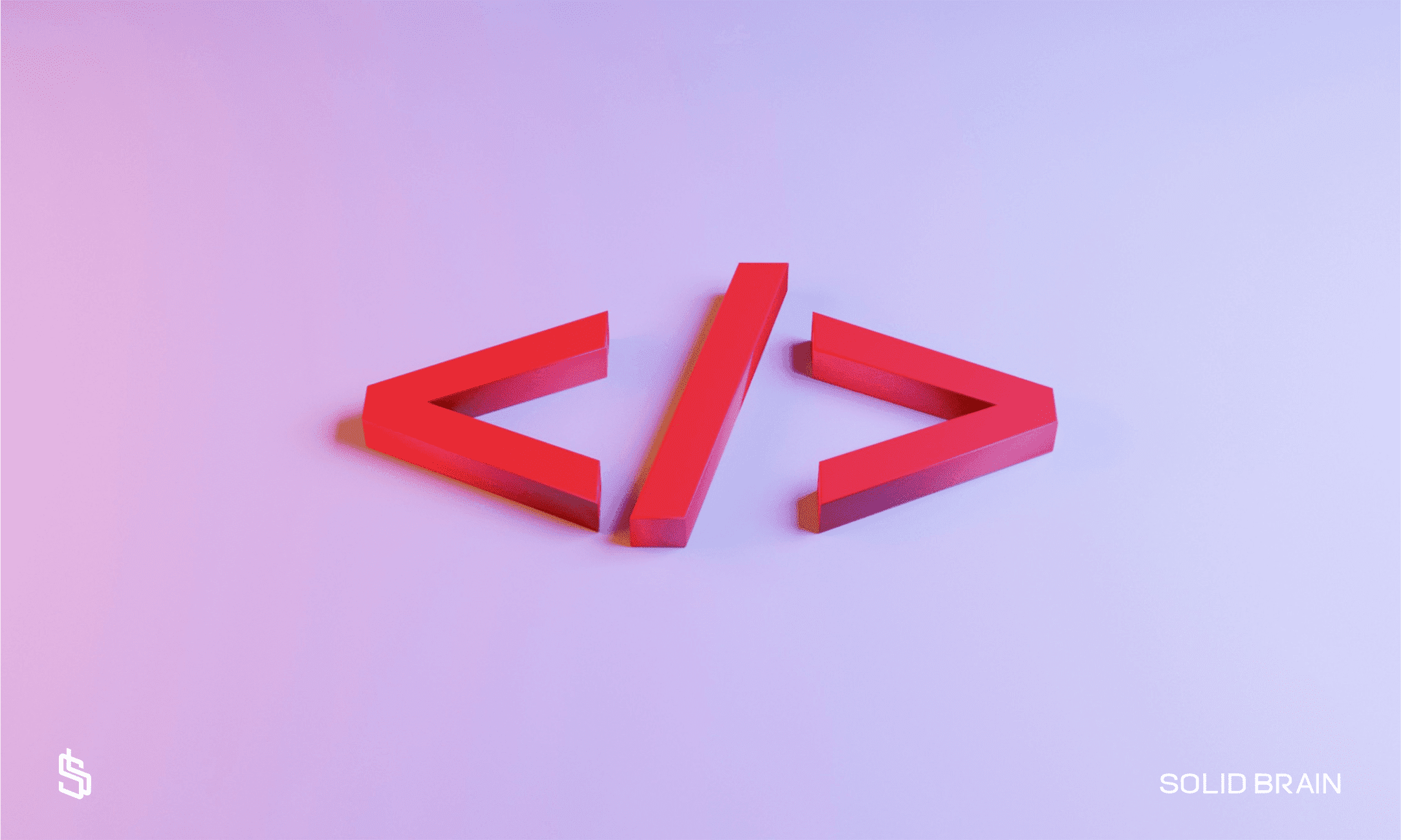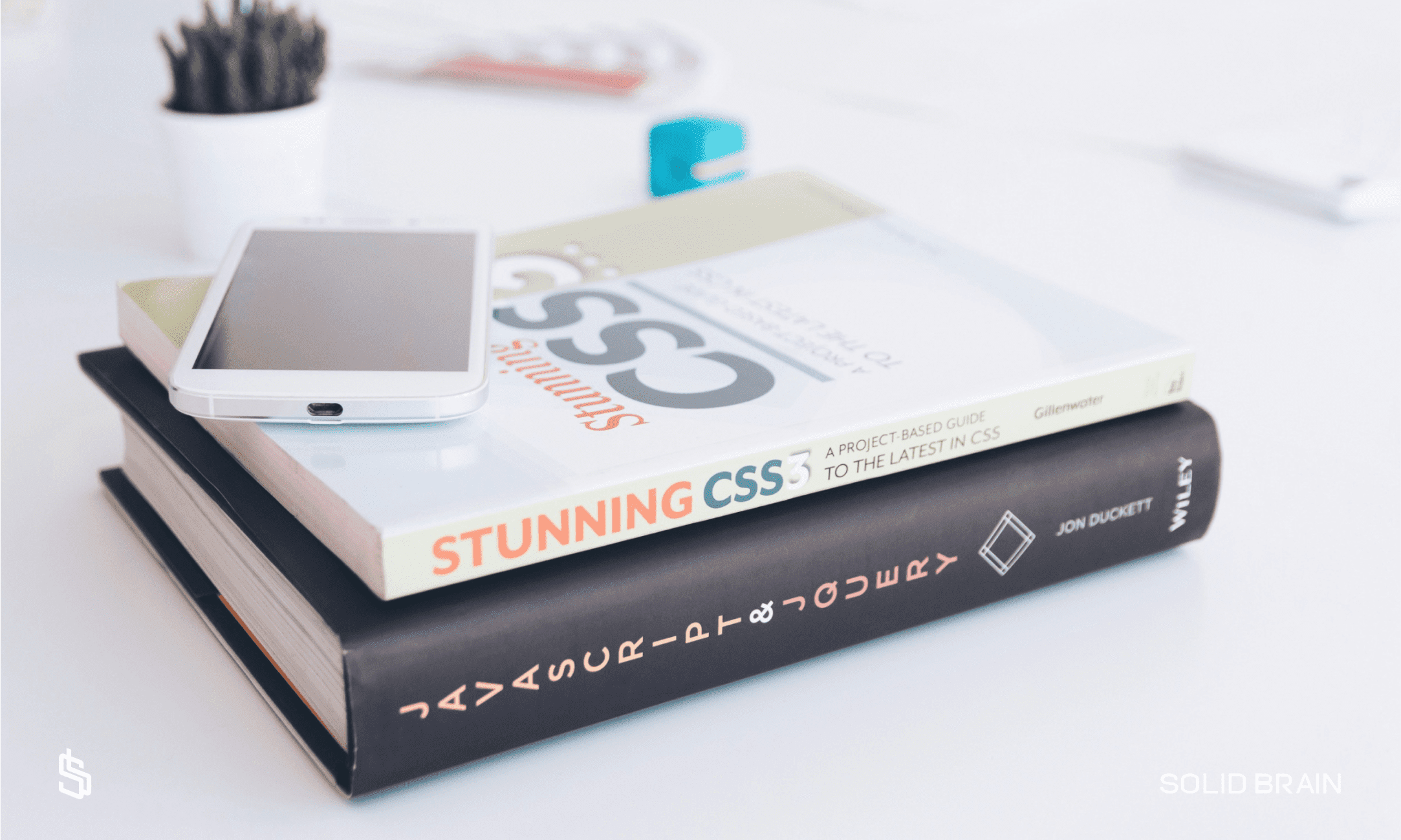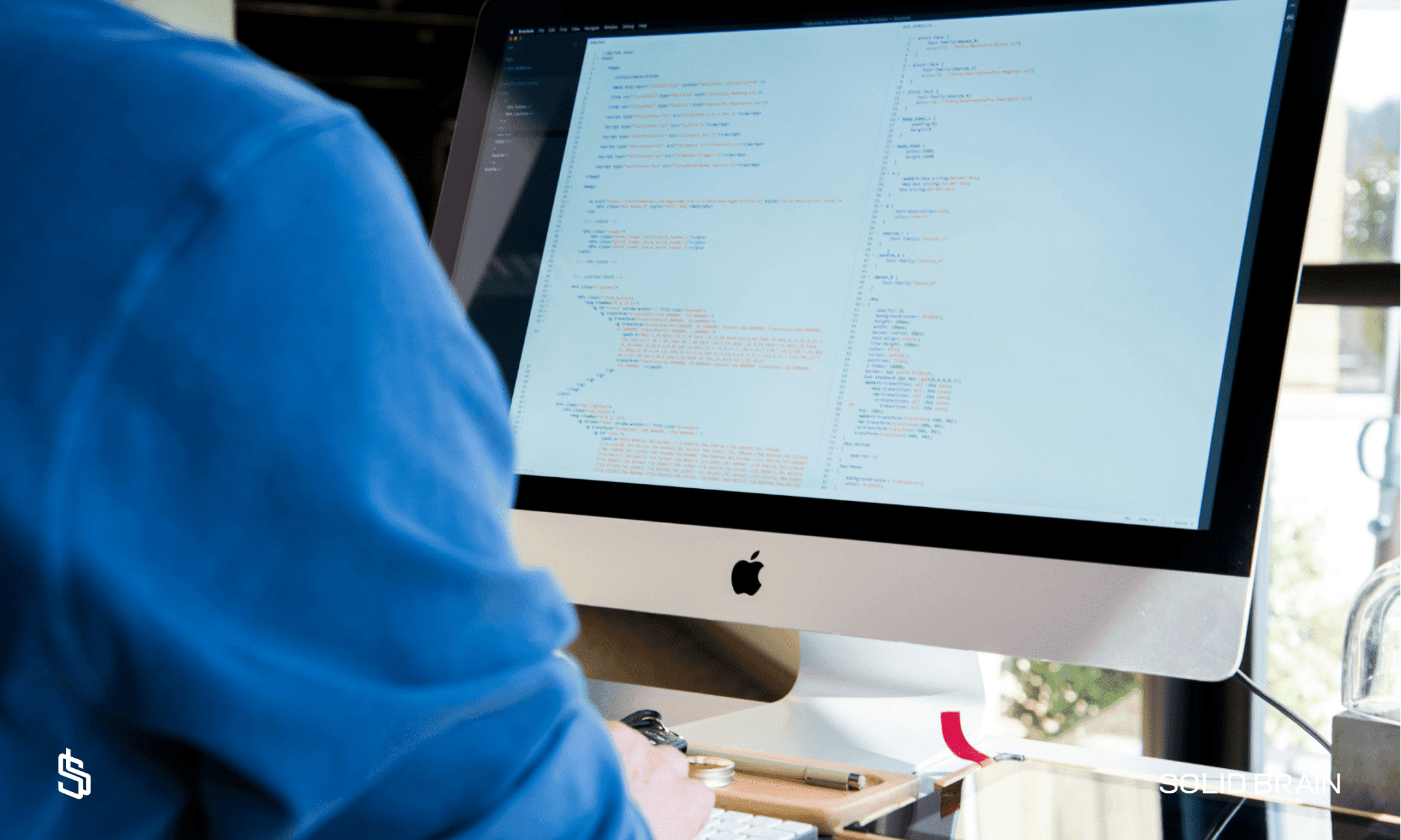An attractive layout is an integral part of a perfect user experience. It simplifies the use of the website, making the clients spend more time on a particular online resource.
All in all, the way how your site is displayed on the screen directly depends on the layout. It includes such important elements as header, navigation, content, and footer.
In case you want to attract more new users, you should consider the factors necessary for a perfect layout:
-
Responsiveness
-
Multiple viewports
-
-
-
Optimization for all browsers, devices, and screen sizes
-
-
An eye-catching layout guarantees the constant growth of organic traffic. Take into consideration that modern developers use CSS to adjust the websites’ layouts. Usually, they opt for CSS Flexbox or CSS Grid. In this article, you will find out the main differences between these options as well as discover their main advantages and drawbacks that users often highlight when it comes to CSS Grid and Flexbox.

CSS Layout - Grid vs Flexbox
CSS Grid VS Flexbox is one of the main questions discussed by web
developers. Before making up your mind about whether to choose Grid or Flexbox it's vital to know that these layouts have some things in common. This includes a parent-child relationship on which both of them operate, container properties, and responsive design that they allow to create. However, there are also some significant differences. For example, it’s possible to use CSS Grid only for the creation of two-dimensional layouts. At the same time, Flexbox offers the possibility to create one-dimensional layouts. Keep reading this article to discover more about the “Flexbox VS CSS Grid” issue.

What Is CSS Flexbox Layout?
So, when did Flexbox come out? This layout was introduced in 2009. Its main is to ensure the creation of responsive web pages. Flexbox offers the perfect organization of its elements, which significantly simplifies the work of web developers. Thus, Flexbox has become one of the most popular layout systems used for the development of modern websites.
If you want to choose Flexbox or Grid, you should consider that you will be able to use only the first option for the creation of a row or a column axis layout. Thanks to it, you will have the possibility to design and develop a responsive website without the necessity to use numerous float and position properties in your CSS code.
You can start using Flexbox by the creation of a flex container. You should use the display: flex property to deal with this task. As soon as you do it, all elements inside the created flex container will be turned into flex items.
The collection of Flexbox properties is truly impressive. They allow adjusting elements the way you want. You can change their order, determine whether they have to grow or shrink, and do other manipulations necessary for the creation of a unique layout.
Do you need a Flexbox grid example? Just imagine that you have three similar elements inside a div element. In this case, you can use the order property to reverse the order of the elements without any difficulties. Take into account that these features save a lot of time and resources as well as are extremely useful for the creation of a unique style.

Flexbox VS Bootstrap grid
First of all, it’s impossible not to mention that Bootstrap 4’s grid was developed with Flexbox. Besides, you should remember that it’s possible to create Bootstrap’s grid using only HTML, while Flexbox requires both HTML and CSS.
In addition, Bootstrap offers the following noteworthy features:
-
Twelve column system
-
Sass variables
-
Five default responsive tiers
-
Tons of predefined classes
Thanks to it, you can use Bootstrap for the establishment of complex layouts without the necessity to build them from scratch. Besides, it doesn’t require the knowledge of unique syntax, making Bootstrap a perfect option for beginners.

CSS Layout Grid
Now let’s get back to the “CSS Flexbox VS Grid” issue and discuss the unique features of CSS Grid. This is another powerful layout system popular with modern web developers.
CSS Grid is a two-dimensional layout system, which allows working with columns and rows simultaneously. It opens many possibilities for the creation of more complex and well-organized design systems. Furthermore, it supports the definition of named grid areas, enhancing code readability and maintainability. These points sometimes are crucial during the choice between CSS Grid vs Flex.
You have to pass a display: grid property to your block element to start using CSS Grid. After that, you will be able to set the number of rows and columns you want to add.
It’s impossible not to mention some CSS Grid’s properties while discussing the “CSS Grid Layout VS Flexbox” issue. Here is the list of the most important of them:
-
grid-template-rowscreates the set number of rows
-
grid-template-columnscreates the necessary number of columns

CSS Flexbox vs. Grid - Which should you use?
Now you know the most important information related to the “CSS Grid VS Flexbox” issue. However, which one of these two options should you use while developing your project? Right now, we will show you the main differences between these layouts so you can be more confident in a CSS Grid or Flexbox choice.
Reasons to use Flexbox
Since we talk about the “CSS Grids VS Flexbox” issue, it’ll be a good idea to describe the situations when you should consider using the last option:
Reasons to use CSS Grid
It’s important to deal with the “Flexbox VS CSS Grid” issue in case you want to use the most efficient layout system to deliver a particular project as soon as possible. You will make the right choice if you choose CSS Grid for the following situations:
To conclude the table of when to use Flexbox vs Grid, we can see that Flexbox is used for:
-
Simple designs.
-
When implementing a content-first design, you are uncertain about how the content will look.
While Grid might be a perfect choice for those who work on complex designs that:
-
Require a two-dimensional layout system.
-
Have a predefined layout design structure.
Please note that it's also possible to use a Flex Grid CSS combination in the same layout which allows you to leverage the strengths of both. However, it's important to know though that during the CSS Flex Grid synergy you can’t use a CSS Grid Container inside a Flexbox container.

CSS Grid vs Flexbox Disadvantages
One more thing that can help you during the choice between Flexbox vs Grid is knowing about the disadvantages that users often highlight. So, when it comes to CSS Grid, it has two points to keep in mind:
-
CSS Grid is crafted for two-dimensional layouts. This at one point might be the advantage that makes it well-suited for complex web page structures where content needs to be organized in both rows and columns. However, the added complexity of CSS Grid may be seen as unnecessary for projects with simpler layout requirements.
-
Those who are participating in projects where dynamic reordering of content is a key requirement will also find CSS Grid not as simple and intuitive as Flexbos. Because of the fact that CSS Grid primarily relies on the source order of HTML elements for layout, the process becomes less convenient especially when it comes to dynamic content reordering.
Still, however, in the Flex vs Grid comparison it's difficult to name the first option as a solution for all times. The same as Grid, it has drawbacks for some users.
-
Flexbox can't be used for managing complex two-dimensional structures as it is specifically designed for one-dimensional layouts.
-
When dealing with layouts that require a grid-based structure with clearly defined rows and columns, Flexbox may also lose its points in CSS Flexbox vs Grid comparison as Grid is specifically tailored for such complicated things.
Solving Problems With CSS Grid and Flexbox
We’ve already discussed the situations when to use Flexbox VS Grid. All in all, you should remember two important things:
- CSS Grid is perfect for advanced layout creation
- Flexbox is an ideal option for the alignment of the elements
Besides, take into account that there is no need to limit yourself while thinking about the “Flexbox VS Grid” issue because you can get the most out of two options! It’s possible to use CSS Grid with Flexbox for the development of amazing web applications and powerful pages. Such synergy will help you to design your app with a well-built and unique layout.

Conclusion
Now you’ve discovered everything about the “Flex VS Grid” issue. You know which option is perfect for a particular situation. Moreover, don’t forget that you may always use CSS Grid + Flex for the creation of advanced websites and web applications.
Finally, in case you don’t know whether CSS Grid or Flexbox is the best option for your project, you may get in touch with SolidBrain experts. We will take care of issues to ensure the best results. Our company will find out whether your digital product needs CSS Grid or Flexbox to meet your business goals and requirements.



